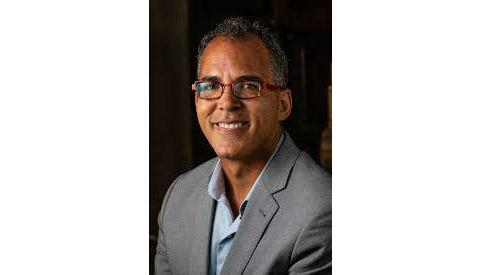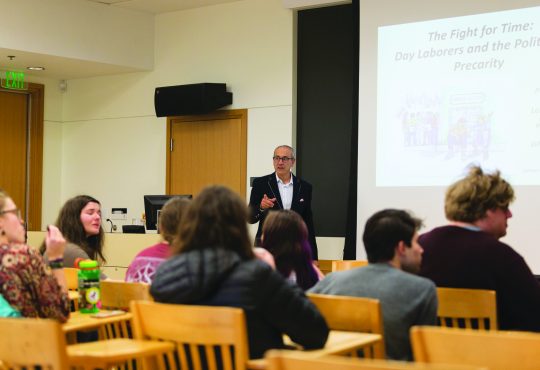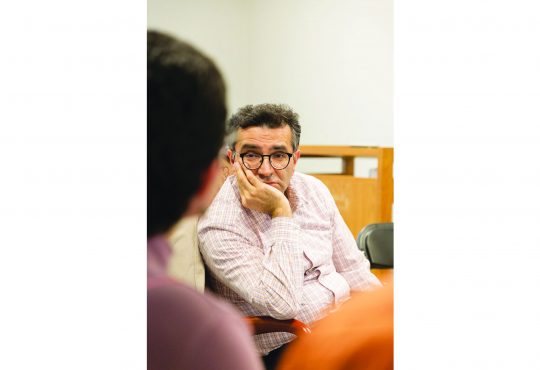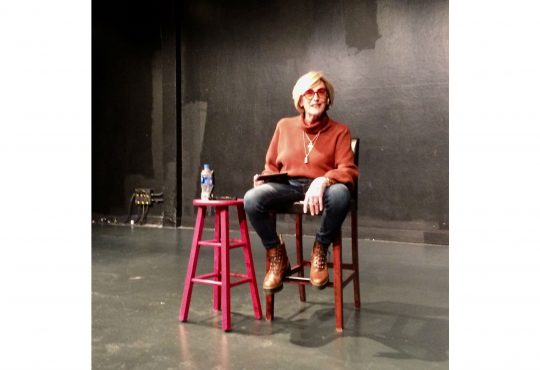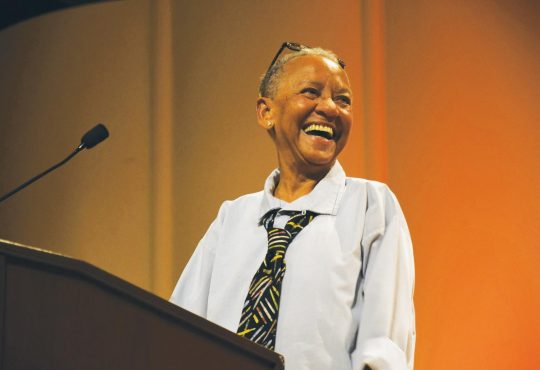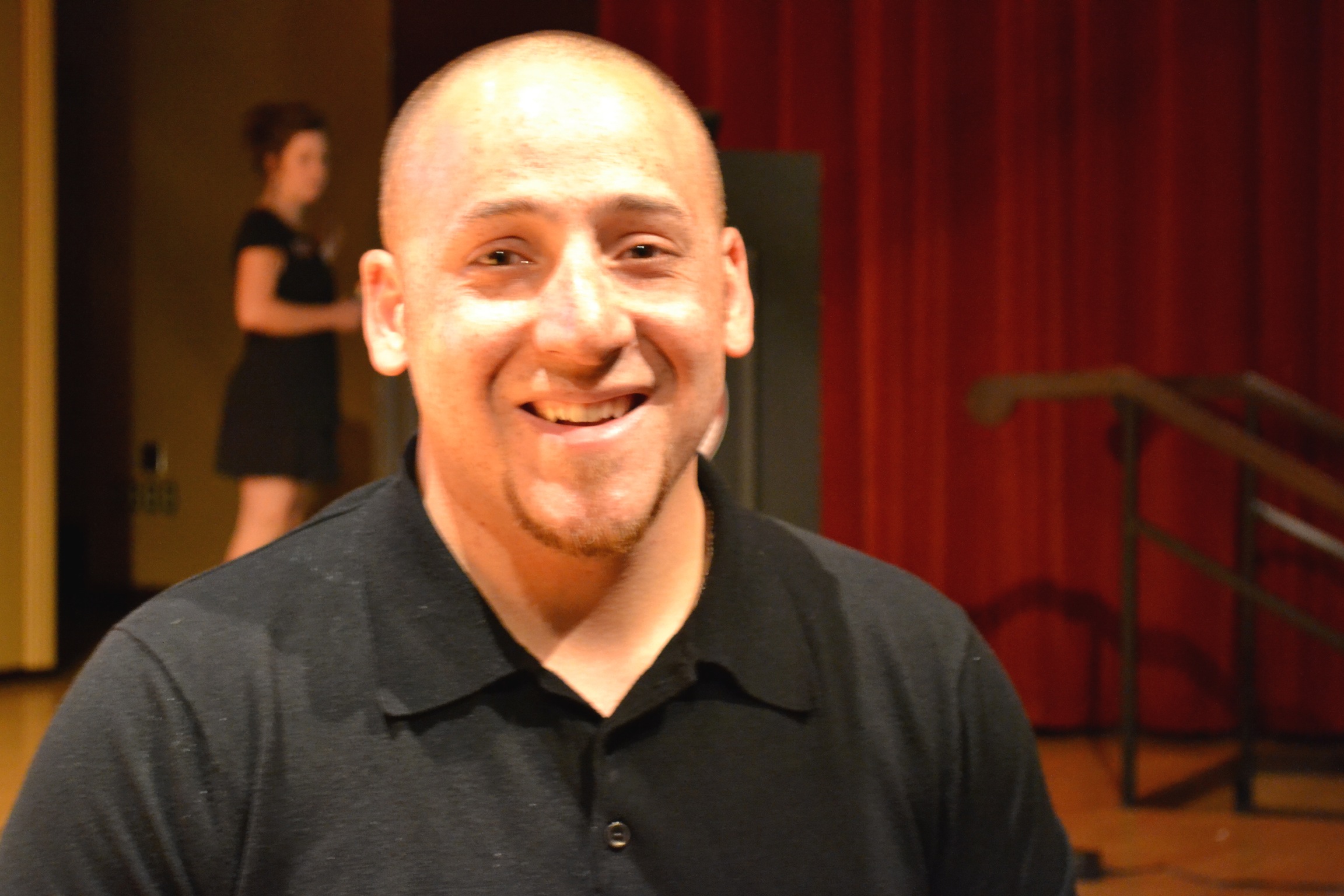
The seats in Schneebeck Concert Hall slowly filled with curious audience members on Tuesday, Sept. 25th.
They were curious about the man who jumped off of the Golden Gate Bridge. They were curious about his mental illness. They were curious about how he survived when people who jump off of that bridge rarely survive.
They were there to hear his story.
Kevin Hines walked onto the stage and asked the audience, “How is your mental health tonight?”
Many audience members awkwardly giggled, others looked at their neighbor in confusion and some actually sat there and thought about the question he had just posed.
Hines began by introducing himself and his background. He came from a troubled past and upbringing.
Both his parents suffered from drug and alcohol addiction, as well as bipolar disorder, a condition that causes radical mood swings.
This meant that Hines had a fairly large probability of having bipolar disorder himself.
Hines’ twin brother was his primary companion throughout their infancy because their parents often abandoned them to find drugs, leaving them alone for hours on end.
The twins were put into a foster care system after they were abandoned in a hotel room. When Hines and his brother both developed bronchitis, his brother passed away.
“This is when I developed detachment disorders” Hines said.
Patrick and Debra Hines adopted Hines, and his new life began.
This life was filled with hope that he would move on from his troubled past, hope that he would recover from all of the trauma.
At age 17, Hines was diagnosed with bipolar disorder with psychotic features.
He was experiencing extreme paranoia, manic highs and hallucinations. He said his paranoia caused him to believe that “the postman was out to kill him”, and that he could see “death itself hovering over [his] head”.
As the days went on, these hallucinations and paranoia only increased.
Never once did Hines think to reach out for help.
“I fought this thing on my own in hopes it would go away,” he said.
After two years of battling with his disorder, he fell into a deep depression and began hearing voices telling him, “You must die, you are a burden to everyone you love, and all that love you.”
That is when he made up his mind.
The night before Hines jumped off of the Golden Gate Bridge, his father could sense something was wrong.
He was up all night on the phone with Hines’ psychiatrist, but the doctor reassured him, “It is just another episode, don’t worry about a thing.” His doctor was later found to be a meth addict and committed suicide himself.
Hines became “calm, serene and happy” the day he planned on jumping off of the Golden Gate Bridge. He said, “I had finally become ambivalent, but I believed I had to die.”
He rode the bus to the bridge, and sobbed profusely the entire way there. Not a single person said a word to him or asked him if he was okay.
He said he probably would not have jumped if someone recognized that he was about to commit suicide.
An audience member strongly reacted to this statement, saying, “It would have been great if someone had asked him what was wrong, but it isn’t a stranger’s duty to read suicidal thoughts.”
He was ignored, so he launched himself off of the railing and into the air. The minute he left that railing, one thing popped into his mind, “God please save me. What have I done?”
An audience member reacted, “Knowing that Kevin jumped, and that the second he did he regretted it, is somewhat comforting.”
He landed feet first and in sitting position: virtually the only way to land without being instantly killed on impact.
He was traveling at 75 miles per hour and plunged many feet into the water.
His mental state had changed. He wanted to live, so he swam to the surface and waited for help.
He was saved. He was alive. He had survived an extreme attempt at suicide.
Hines had a long recovery, physically and emotionally. He proceeded to enter seven psychiatric hospitals, three of which he voluntarily checked himself into. He made his choice to be alive.
Hines then presented the audience with ways to keep their mental health intact if they are battling with bipolar disorder, depression, paranoia or any other defect Hines experienced.
1) Engage in cognitive and behavioral therapy. 2) Use medication with 100 percent accuracy. 3) Engage in cardiovascular exercise, weight training, running, etc. 4) Commit to a proper sleeping cycle (7-8 hours). 5) Have a healthy diet. 6) Educate yourself, family and friends. 7) Refrain from consuming alcohol with medication. 8) Refrain from consuming recreational drugs with medication. 9) Continue to find better coping mechanisms. 10) Engage in peer support and help one another.
Hines presented his story and advice in a clear fashion, including humor at tasteful moments when the lecture was getting a little heavy.
The reaction of the audience was fairly positive. One member stated, “His story is eye opening and makes you stop to re-evaluate your mental health,” while another said that “he could have been a little more motivational.”
Although there are different views on his overall presentation, one thing was common among most audience members.
His message was moving, and really does make us stop to think about our mental wellness and the wellness of others others.
Hines ended his lecture with a quote: “Yesterday is history, tomorrow is a mystery, but today is a gift, which is why they call it the present.”
Hines’ message was that everyone must live their lives now.
He wanted the audience to understand that people aren’t here just for themselves.
We are here for the people that we love and who love us.
We need to take care of ourselves, and those, any and all, that surround us.
If you or someone you know is suffering with suicidal thoughts, call The National Suicide Prevention Hotline: 1-800-273-8255.
Kevin Hines also is reachable for advice through is website www.kevinhinesstory.com.
PHOTO COURTESY/FAITH MATTHEWS

